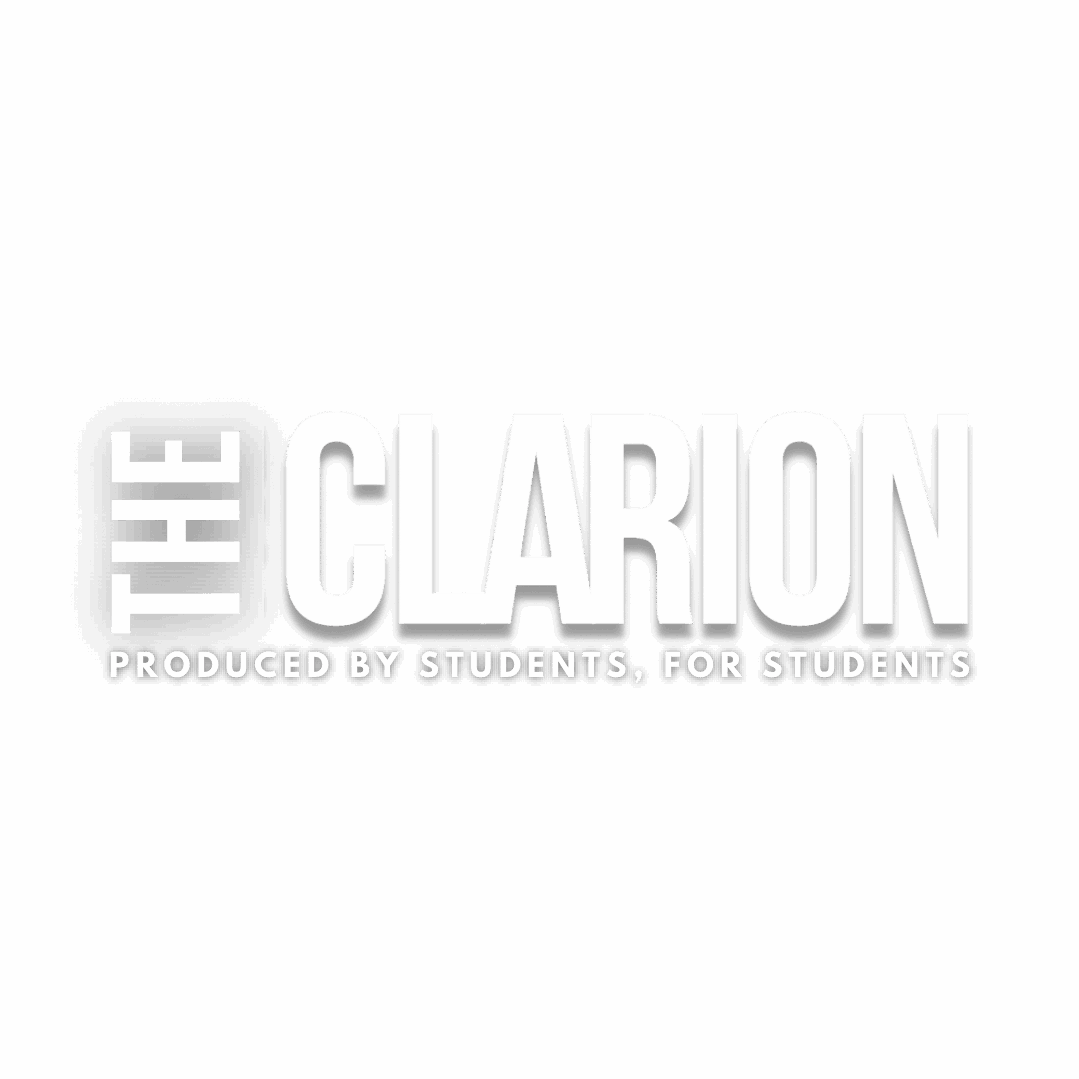Has your family said the “S” word? Scholarships. With college tuition rates through the roof and more people pursuing higher education than ever, scholarships are worth the look.
At Sinclair—which offers the lowest tuition rate in the entire state—students are looking to get good education and invest in their futures most affordably. Here is a breakdown for what you need to know about how scholarships work:
They are often split between semesters.
So you put in for a $2,000 scholarship? Great, that would cover plenty of credit hours and even books depending on your courses. You’re incredibly excited to accept the scholarship when suddenly you’re sent a bill. Now, worst-case scenario, college for the semester is just unaffordable.
The fine print is an essential must read for all legal agreements. Students who complete their FAFSA, their Free Application for Federal Student Aid maybe may click on their “Accept/Reject Financial Aid Awards” button on WebAdvisor on My.Sinclair.edu and find they have been awarded what’s known as a Pell Grant. Those, too, are divided by the semester. Be financially prepared, you do not want to count on your wallet just randomly having a few thousand to throw around from poor planning.
As a summary, if you are a dependent, your parents or guardians must sign on if you are under the age of 24. The formulas used by colleges usually calculate what is known as the cost of attendance (COA). They then use your tax information, as well as your guardians information to generate what they believe to be your estimated family contribution. Then, with a little extra math adjustments, your Pell Grant is typically the remaining sum.
You can qualify for grants and scholarships!
Check in with the Financial Aid office and take control over your academic future. They are employed to assist you in your financial aid journey. They can guide you through the grants that you qualify for and also help you apply for scholarships.
You can even try for multiple of each. You can’t put in for too many scholarships.
The more scholarships you apply for, the better your chances are of getting some extra money to help you out with the expenses of tuition and books. Try and look for scholarships that allow you to apply any extra money to your book fees so that you can cut down the cost even further.
There are requirements for your scholarships and grants.
Some scholarships may require essays. Others may be awarded for athletic ability. Scholarships are a broad group of potential funds out there to be awarded. Ohio has vested interests in diversity scholarships as well, so your racial, ethnic and socioeconomic status, as well as family hardships may be accounted for.
If you or your family has endured a financial hardship, your FAFSA may not provide you with the most aid you could receive. Always ask questions and there may be more options to make education more affordable for you.
Many require what’s known as Satisfactory Academic Progress to qualify. The main three portions to this are that you must maintain a 2.0 or higher, you must have a completion rate of your courses at 66.67 percent or higher and that you are within 150 percent of your degree completion time. For your typical associate degree, that means you could qualify for a Pell Grant so long as you are aiming to finish within three years.
Fully understanding the SAP policy will help you keep your financial aid opportunities straight.
So what is a Pell Grant?
Pell Grants are entitlements that are guaranteed by the government to students. That is very different from a scholarship, certainly. There’s no other step to receiving your legally entitled funds for pursuing your education than smoothing out all the wrinkles that can happen from human error at Financial Aid.
Keep in mind, there are additional scholarships and programs out there that can assist with schooling. Some of these can be found on websites and apps.
The Sinclair Foundation has scholarships every year that can be pursued. They are located in Building 12 and accessible online. Other programs for employment also offer reimbursement for students who also work for their company that achieve typically a grade of C or above in their respective courses.
Pursuing employment with companies that have agreements with educational reimbursement can lead to great success and maximize your academic planning while minimizing costs. These outside scholarships need to have checks addressed to the Bursar’s office in Building 10, Room 224.
The dates matter.
Plan ahead, because there are deadlines for scholarships. Look at each of them carefully and make a very deliberate note to ensure you can.
Lastly, you can’t see the future.
You can apply for scholarships and get turned down, you can apply for scholarships and be awarded them, or you can not apply and never know. The most advisable choice is to put in for a scholarship even if you are hesitant to maximize your potential odds of being awarded it.
Your dollar awards are going to go much further here at Sinclair than at other universities. A $500 scholarship might not make the University of Dayton an affordable option, but $500 has kept many students from having books for their classes or that last payment for their tuition.
Barton Kleen
Executive Editor

